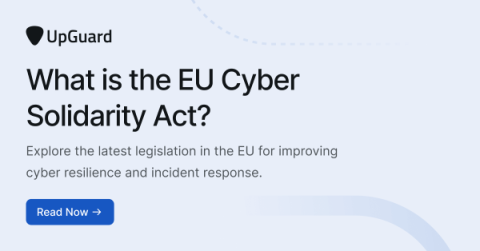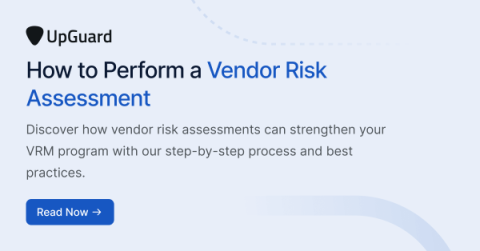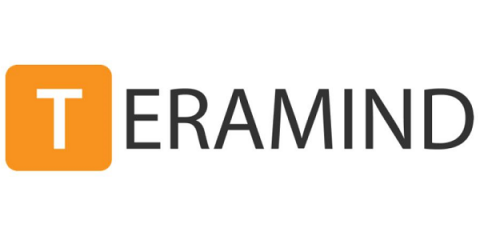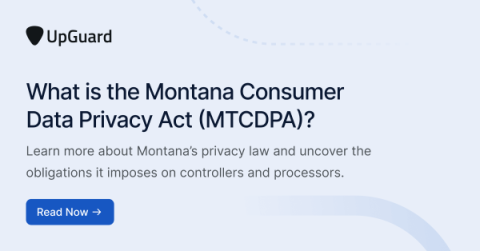Featured Post
Human risk management automation can help beat burnout
Cyber criminals are relentlessly exploiting new technologies to improve their chances of success. As such, security professionals are feeling the pressure of keeping watch against these threats and trying to stay a step ahead of these criminals.











